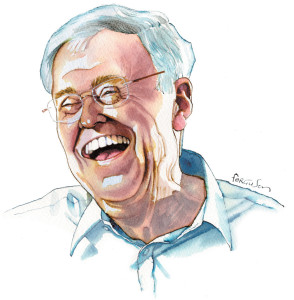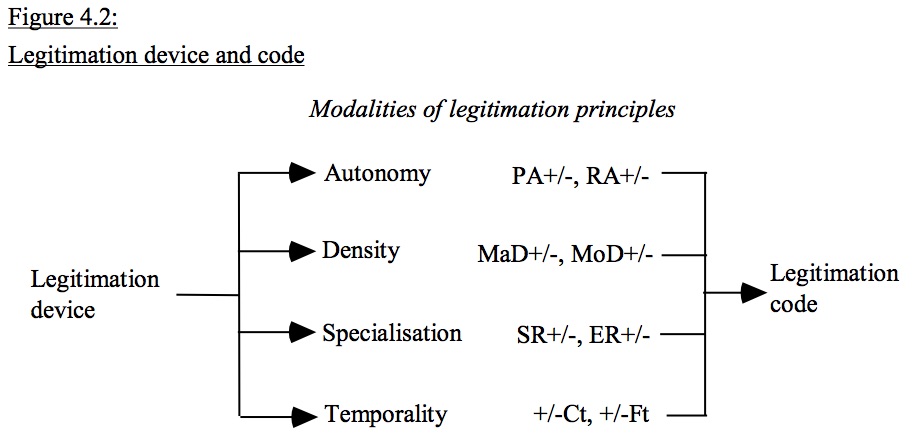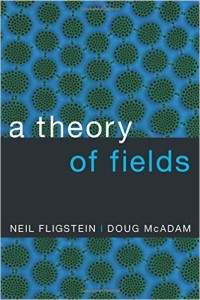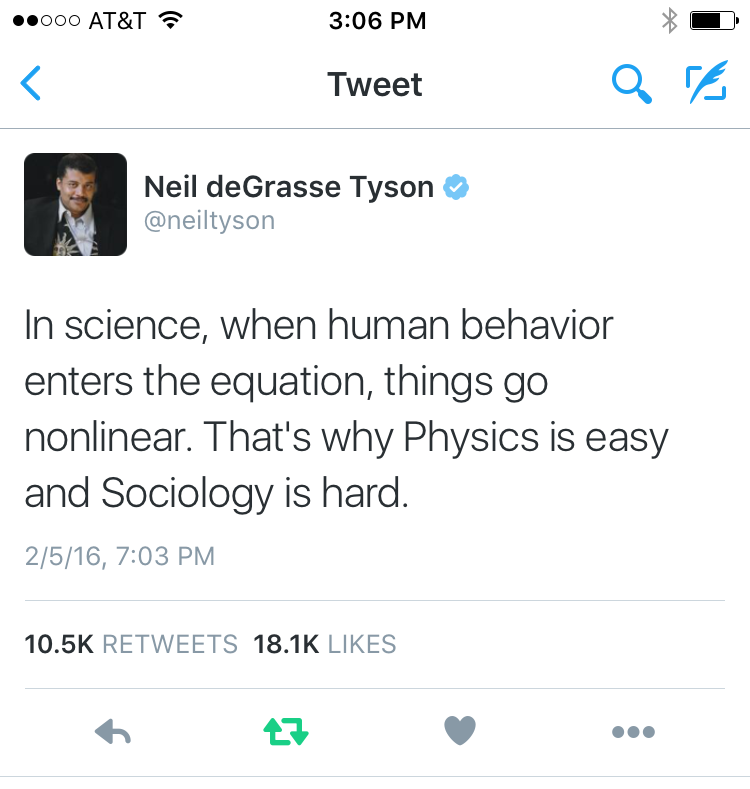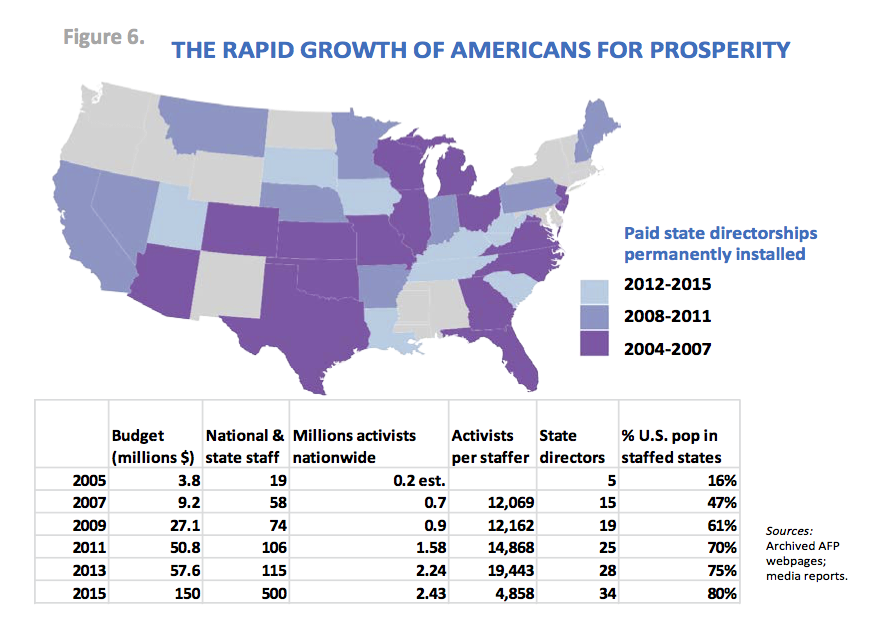As I’ve thought, read, and worked more on the social movement for the right to health, one inevitable tension that comes up is the aspiration for the highest attainable standard of health for all and the choices inherent in allocating scarce resources to the delivery of health care services. The tension between the right to health for all and the need to make choices about what to do (and what not to do) has led to the invention and widespread use of “cost-effectiveness analysis” to aid policy-makers in making these difficult choices. I have been meaning to read the book “Epic Measures“, about Chris Murray, but I know that it documents his work, with the Institute for Health Metrics and Evaluation to invent and codify analytic tools such as the Disability Adjusted Life Year (DALY) and the Quality Adjusted Life Year (QUALY) used in their efforts to quantify how, and of what, people die from around the world. This research has formed the basis of the Global Burden of Disease study, whose goal is to comprehensively measure epidemiological levels and trends worldwide.
These tools have been very useful to help “rationalize” budgets and allocate resources to ensure that needs are best met with the limited resources available. But, scholars, activists, and health care practitioners have routinely critiqued the blunt force use and uncritical application of narrowly defined cost effectiveness analysis to prescribe policy solutions challenges facing health care challenges, especially in settings of poverty. The challenge is that often these technocratic tools tend to scrub these policy decisions of their inherent political basis and can lead to deeply problematic policy decisions that apply a double (lower) standard to those living in poverty.
Historically, one of the most important examples what the cost-effectiveness analysis of HIV antiretroviral therapy (ART) in the early 2000’s: at nearly $10,000 per person per year, it was considered not cost-effective (and even unethical because of the cost) to provide access to ART to the majority of HIV positive people living in poor countries. Paul Farmer has a great analysis of this history in his 2013 NEJM Shattuck Lecture, showing the malleability of both cost and effectiveness in its narrow application to the question of whether or not to provide ART to poor communities. The cost of HIV meds dropped from $10K per person per year to less than $200. The effectiveness of building community-based programs through community health worker networks and social accompaniment (as demonstrated by the HIV Equity Initiative) could be proven. If both cost and effectiveness can change so rapidly, what is the epistemological basis for dogmatic deployment of cost-effectiveness analysis?
Eric Friedman and Larry Gostin of the O’Neill Institute at Georgetown Law School have a good blog post about reconciling cost-effectiveness in a rights-based approach to universal health coverage policy change.
“A traditional approach to answering this question is to focus on cost-effectiveness. Start with a given resource envelope. Then choose the set of health interventions that will buy the most health for the population. Under this approach, health is typically measured by disability-adjusted life years (DALYs). Run the numbers – the cost of different interventions, the expected benefits in DALYs – and include the most cost-effective interventions within the funds available. There is your universal health coverage benefit package.
A human rights approach differs dramatically. The first difference is the question we ask. It is no longer a straightforward matter of determining how to get the greatest health gain for the dollar based on straightforward formulas. “Coverage of what?” is only one question of many. The questions extend to the very process of answering this question, and include such questions as how are the benefits distributed across the population, how health systems can deliver on the chosen priorities, what are the resources available, and more.”
Friedman and Gostin expand upon how a rights-based approach could expand up and reconcile the use of cost-effectiveness tools, delineating the need for the approach to move beyond discrete interventions, expand the resource envelope, acknowledge core obligations and a robust standard for all, move towards progressive realization, commit to equity and nondiscrimination, valuing local / people’s perspectives, and being accountable to those perspectives.
They conclude with a nod to the need for a robust social movement to ensure a rights-based approach to UHC and the potential utility of a Framework Convention on Global Health.
Social movements will determine whether the commitment to universal health coverage catalyzes incremental progress or a revolution in health, achieving a little more health for a few more people or, decades after the Declaration of Alma-Ata (1978), finally brings health for all. Committing to universal health coverage as a means towards the right to health is one of the surest steps we can take towards true transformation.
With this importance of the right to health, we must use the right to health platforms that we now have, even as we build upon them to construct even stronger ones – such as a new global treaty, a Framework Convention on Global Health, to reinforce the right to health, to clarify its standards, to provide for the pathways to towards this transformation – and in so doing, to further unleash the awesome power of human beings who will not be content until they succeed in claiming their rights.
Global health can never be boiled down to a technical math problem in which datasets deliver simple solutions. Advancing equity in global health is a challenge of reconciliation between what matters to people and how to allocate the resources within society to deliver those goods. It is fundamentally a matter of politics. Cost effectiveness is a valuable tool only insofar as it sharpens the political problems we face and helps us navigate these political challenges towards a more equitable allocation of health resources.
